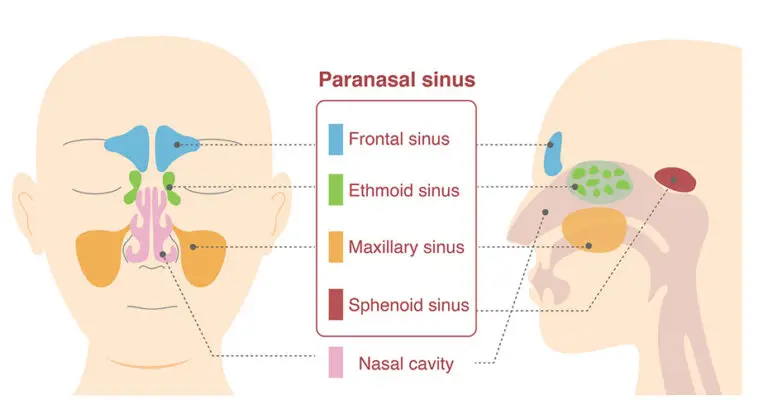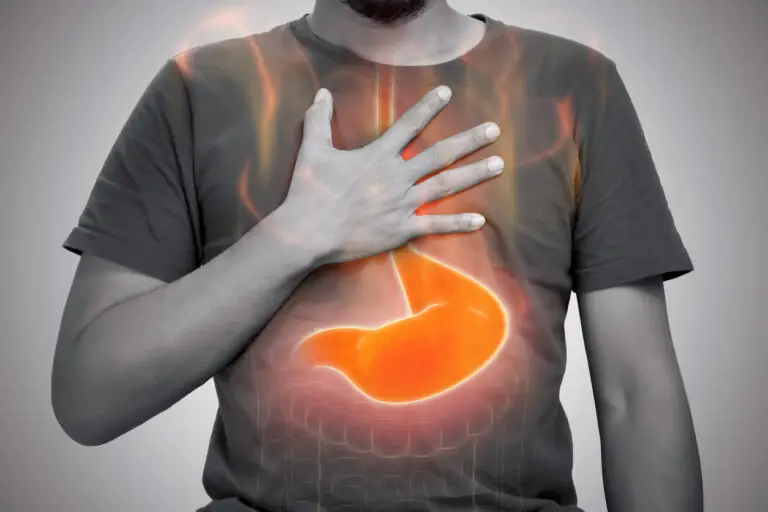Peripheral arterial disease (PAD) involves the buildup of plaque, comprising fats and cholesterol, in the arteries of the arms or legs. PAD impedes the flow of oxygen and nutrients to tissues.
The hallmark symptom of PAD is leg pain during walking or exercise, known as claudication. This pain results from insufficient oxygen reaching the leg muscles and typically subsides with rest. PAD is most prevalent in the lower extremities. As PAD advances, it can lead to necrosis, or tissue death, potentially resulting in amputation. 1
Veterans should document their PAD symptoms in a Statement in Support of Claim, as symptoms aren’t explicitly mentioned in the VA rating schedule for PAD.
This blog post focuses on essential information about PAD as it relates to VA disability.
History for Peripheral Arterial Disease
During a Compensation and Pension (C&P) exam, the examiner records the veteran’s PAD history using the Artery and Veins Disability Benefits Questionnaire (DBQ). While Section II includes a brief history, Section IV provides a detailed inquiry into PAD symptoms, focusing solely on upper extremities. This focus arises because lower extremity PAD disability ratings rely on objective tests.
The DBQ history assesses:
- Surgery: Severe PAD may necessitate bypass surgery, involving the relocation of a healthy blood vessel or graft to enhance blood flow. Resulting scars may be long and compensable as a VA rated disability.
- Other Procedures: Additional interventions, such as laser treatments, balloon therapy, or stent placement, may improve blood flow. 2
- Symptoms: Tingling or numbness in hands and feet may occur from reduced oxygen supply.
Physical Examination for Peripheral Arterial Disease
For VA disability assessments, examiners conduct a physical examination of the upper extremities to identify PAD-related signs. The DBQ seeks to identify:
- Diminished Upper Extremity Pulses: Artery pulses decrease in the presence of PAD, noticeable during pulse testing.
- Trophic Changes: Skin alterations, like thinning, cracking, ulcers, and hair loss, can occur with PAD.
- Ischemic Ulcers: Sores may develop from compromised blood flow and oxygen supply.
- Necrosis of Fingers: As PAD progresses, inadequate circulation may cause tissue death, manifesting as dark purple or black discoloration.
- Decreased Temperature: Reduced blood flow results in cooler extremities compared to the body’s core.
Testing for Peripheral Arterial Disease
The Ankle/Brachial Index (ABI) is the primary test to screen and monitor PAD, conducted in primary care or specialized settings. Other tests include ankle/toe pressures and transcutaneous oxygen tension, typically performed by vascular specialists. 3
Regular ABI testing is recommended annually for PAD patients to track disease progression.
For C&P examinations, if the examiner does not have access to recent testing results, they may be able to order an ABI for rating purposes.
Treatment for Peripheral Arterial Disease
PAD management often involves medications; however, advanced stages may require revascularization.
While C&P exams do not treat PAD, it’s crucial to submit medical records documenting treatment to the VA Evidence Intake Center online.
Ratings for Peripheral Arterial Disease
Veterans seeking disability ratings for PAD of the lower extremities should refer to code 7114.
The rating schedule evaluates lower extremities based on test results, excluding subjective symptoms:
20%:
- ABI: 0.67-0.79
- Ankle Pressure: 84-99 mm Hg
- Toe Pressure: 50-59 mm Hg
- Transcutaneous Oxygen Tension: 50-59 mm Hg
40%:
- ABI: 0.54-0.66
- Ankle Pressure: 66-83 mm Hg
- Toe Pressure: 40-49 mm Hg
- Transcutaneous Oxygen Tension: 40-49 mm Hg
60%:
- ABI: 0.40-0.53
- Ankle Pressure: 50-65 mm Hg
- Toe Pressure: 30-39 mm Hg
- Transcutaneous Oxygen Tension: 30-39 mm Hg
100%:
- ABI: 0.39 or less
- Ankle Pressure: <50 mm Hg
- Toe Pressure: <30 mm Hg
- Transcutaneous Oxygen Tension: <30 mm Hg
For the upper extremities, the rating schedule more accurately reflects diagnostic code 7115, Thrombo-angiitis obliterans (Buerger’s Disease) for disability ratings.
Further Learning
Gain additional insights by tuning into the Valor 4 Vet and the Exposed Vet Radio Show on April 11, 2024. For more information on PAD within the DBQ, see Section IV of the Artery and Veins DBQ.
Additionally, the M21-1 discussing other cardiovascular disabilities can be found here.
References
1. “Peripheral Artery Disease.” Cleveland Clinic. November 24, 2022. https://my.clevelandclinic.org/health/diseases/17357-peripheral-artery-disease-pad.
2. “Leg Revascularization.” Cleveland Clinic. March 20, 2023. https://my.clevelandclinic.org/health/treatments/24842-leg-revascularization.
3. “Diagnostic Accuracy of Resting Systolic Toe Pressure for Diagnosis of Peripheral Arterial Disease in People with and Without Diabetes: A Cross-sectional Retrospective Case-control Study.” National Library of Medicine. Journal of Foot and Ankle Research, December 19, 2017. https://doi.org/10.1186/s13047-017-0236-z.



